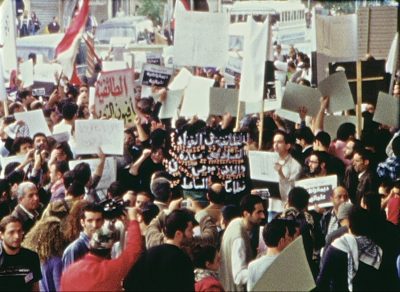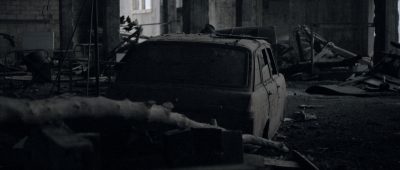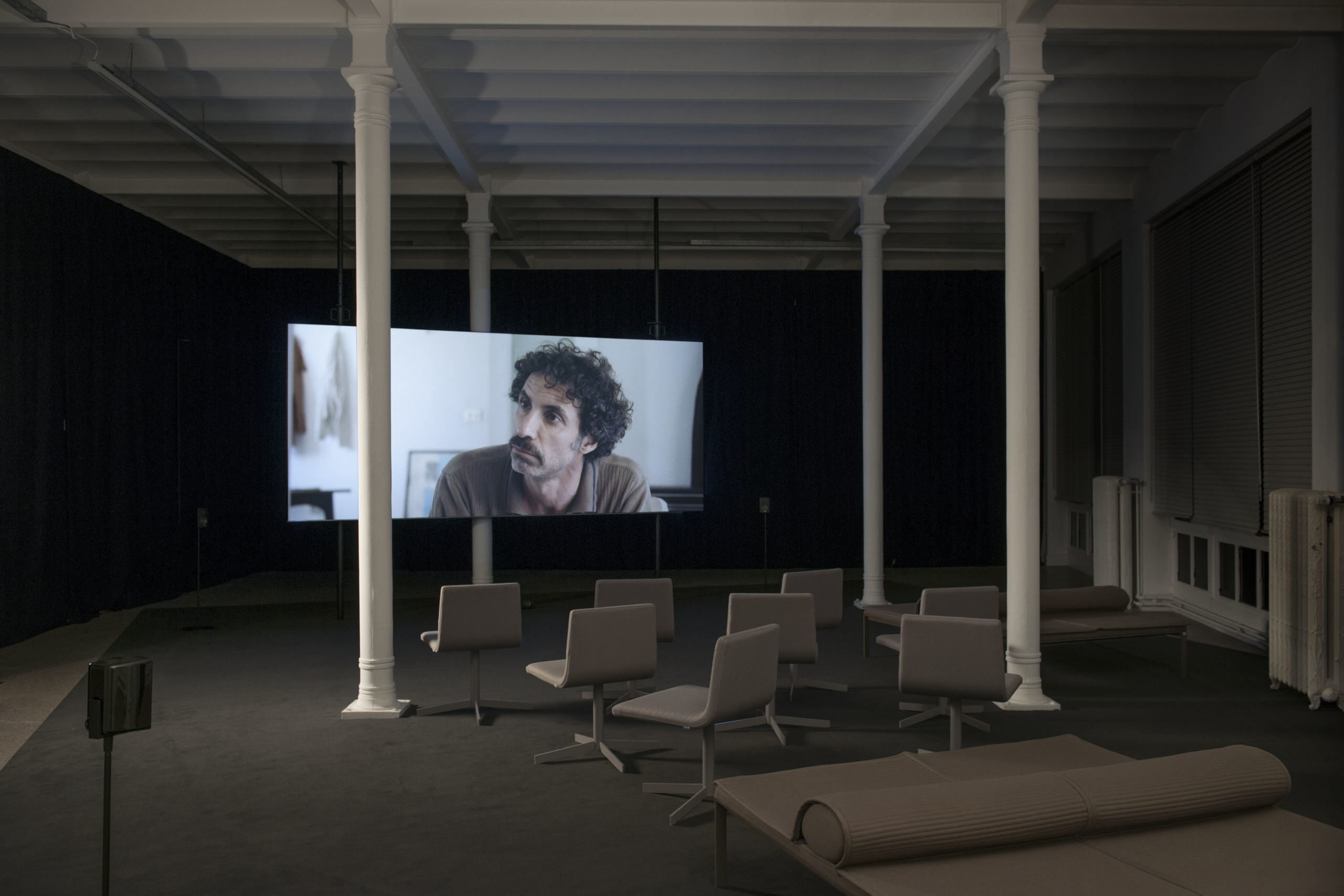
About the artist
b. 1973 in Salt-Lake City, USA
Lives and works in Paris, France
Eric Baudelaire is an artist and a filmmaker. His work, which includes photography and printmaking often presents itself in the form of multipart installations conceived around a main film. Baudelaire’s artistic practice is rooted in a seemingly documentary tradition, which he challenges through extensive research and experimental or participative practices. Between fact and fiction, Baudelaire explores the complex relationship that images entertain with historical and sociological facts and events. His research-based practice has led him to explore very precise political topics such as the Japanese Red Army’s journey to Lebanon, or the unrecognized state of Abkhazia in the Caucasus.
Exhibitions

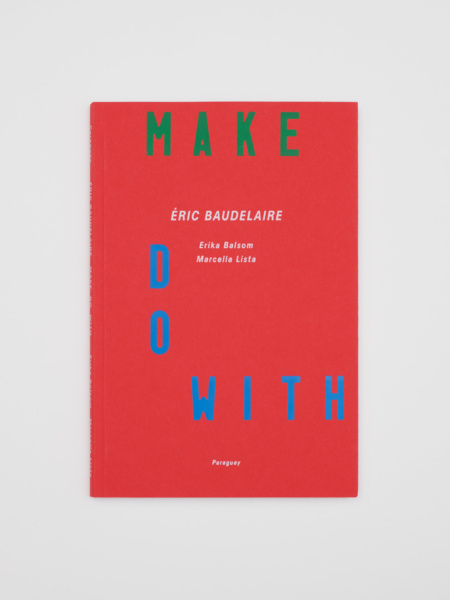
Eric Baudelaire
Make, Do, With
Éric Baudelaire’s films are partly made with the people whose experiences they explore — revolutionary filmmakers and activists, teenagers, secessionists, and terrorists, all of whom have defied state institutions that assert the right to define reality. Their lives, their ethical choices, and their relationship to images are the exemplary materials of a cinema that rethinks the documentary form, and of an artistic practice that expands the films into broader display formats. Conceived as collective experiments, Baudelaire’s exhibitions include other works and archival documents stemming from his research and his exchanges with the protagonists, but they also feature productions by fellow artists and filmmakers, as well as contributions by a temporary community of guests who, in public conversations, expand the discussion beyond the field of art.
The same spirit imbues this book. In Make, Do, With, Erika Balsom and Marcella Lista trace the connection between those two fields of experience — films and exhibitions — in two texts that are themselves part of a long-term dialogue between the artist and the two authors: since 2015 with Marcella Lista, in the run‐up to the exhibition Après, which they co-curated at the Centre Pompidou; and with Erika Balsom, whose text, republished here, inspired their first meeting: The Reality-Based Community (2017), a vital essay that reconsiders the value of observational cinema today.
Year: 2022
Dimensions: 16 x 24 cm
Pages: 152
Language: English
Material: Softcover

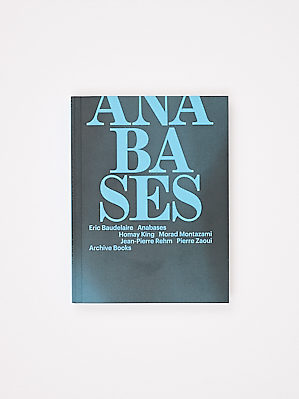
Eric Baudelaire
Anabases
This book documents an installation by Eric Baudelaire revisiting the political and personal saga of the Japanese Red Army as an anabasys-an allegory of a journey that is both a wandering into the unknown and a return back home.
“This book is not for reading but for wandering. Its lines do not roll out continuously but superimpose each other to infinity, creating not a compendium of knowledge but a web of prescience. It does not follow a logical framework but unfurls a grid with multiple entries. It does not assert a set subject or conclusive postulate. At most it invites us to probe the recesses of a mind in motion, and steeps us in the driving material that brings it to life. It reflects the works it exhibits, the documents it discloses and the commentary it generates: it aspires to ubiquity. Anabasis, the very real linking thread that stitches it together, serves not just as an archaeological enigma, but also as an allegorical force. The main author of this ocean crossing, Eric Baudelaire, is both a collector of vestiges and a sketcher of wandering lines who has surrounded himself with other meticulous voices (Pierre Zaoui, Homay King, Jean-Pierre Rehm), fellow-travellers in this library secret. Readers will be able to enjoy the gradual unfolding of the story of war and politics whose underlying intellectual and poetic adventure this book enables us to recall-that of its repetitions, ramifications and hybridisations: the story of Anabasis after Anabasis (or from Xenophon’s Anabasis to that of Paul Celan by way of Alain Badiou’s), from an ancient narrative to its modern reappropriation.”
Morad Montazami
Published following the exhibitions “The Anabasis of May and Fusako Shigenobu, Masao Adachi and 27 years without images” at la Synagogue de Delme, and Gasworks, London, in 2011 and 2012.
Working in photography, video, print making and installation, Eric Baudelaire (born 1973 in Salt-Lake City, USA, lives and works in Paris) is interested in the relationship between images and events, documents and narratives. Recalling factographic practices, his work can involve elaborate staged situations that appear to be real, but are somewhat off-kilter, and place the viewer in a situation of questioning the modes of production and consumption of images. He also uses simple techniques of assemblage, sampling and mechanical reproduction, applied to real documents, to playfully extract fictive narratives or new formal vocabularies.
Year: 2014
Dimensions: 23 x 17 x 2 cm
Pages: 304
Language: English / French
Material: Soft cover

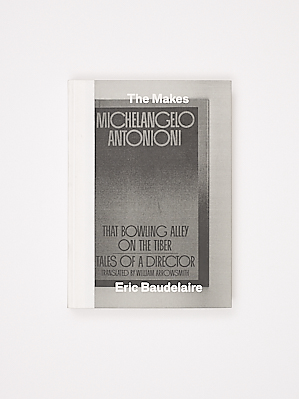
Eric Baudelaire
The Makes
Co-published with the CNAP for the “anti-collection” of LE BAL, this book is a limited edition of the french artist made in 380 copies with a print for the special edition.
The title says it all, and the montage works like this: an assembly of black and white photos from Japanese cinema, facing pages torn out of a book, some paragraphs of which remains legible. These texts are taken from working notes published by Michelangelo Antonioni in Bowling on the Tiber. In them, Antonioni wrote down sketches of scenarios, which he called “narrative embryos.” The most interesting ones transcribe intentions that he describes as unrealizable, not because of production issues, but because they contain research on the limits of what a film can do, limits that he exorcises through writing.
Year: 2010
Dimensions: 24 x 18 x 3 cm
Pages: 147
Language: English
Material: Hard cover

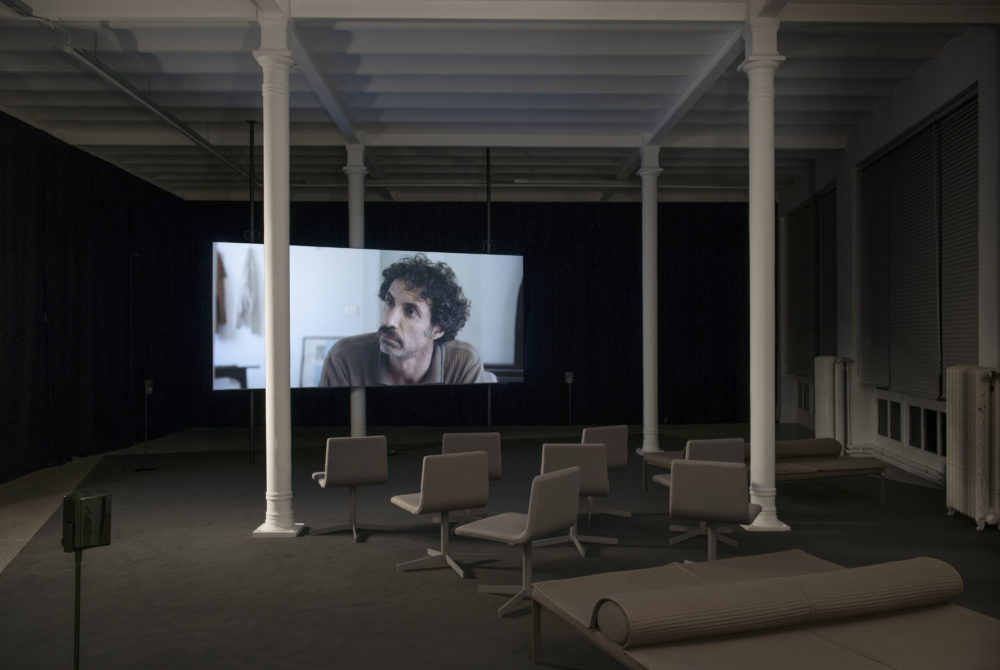
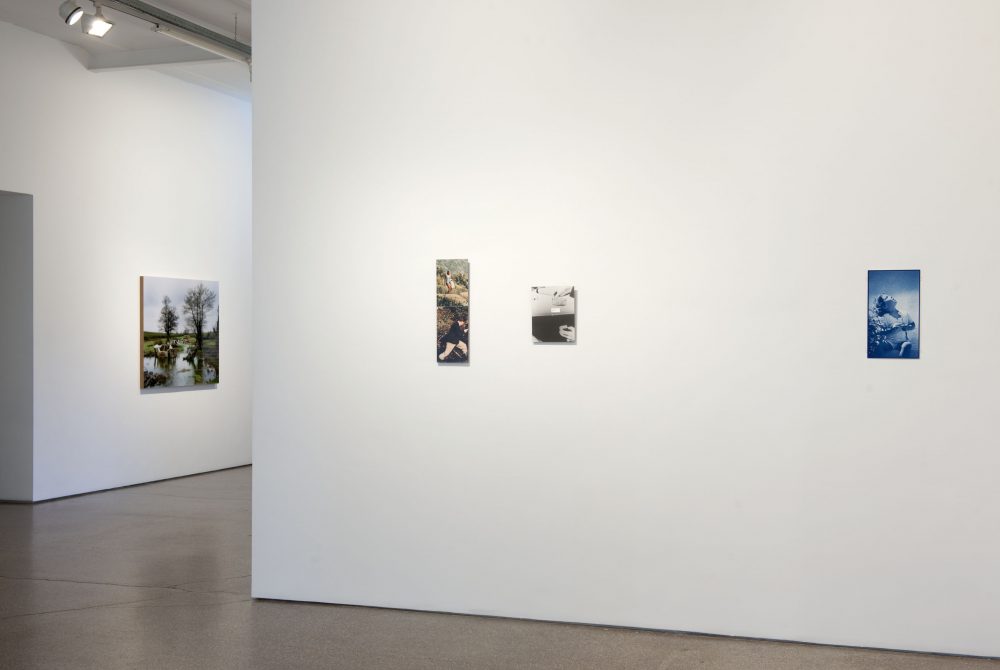
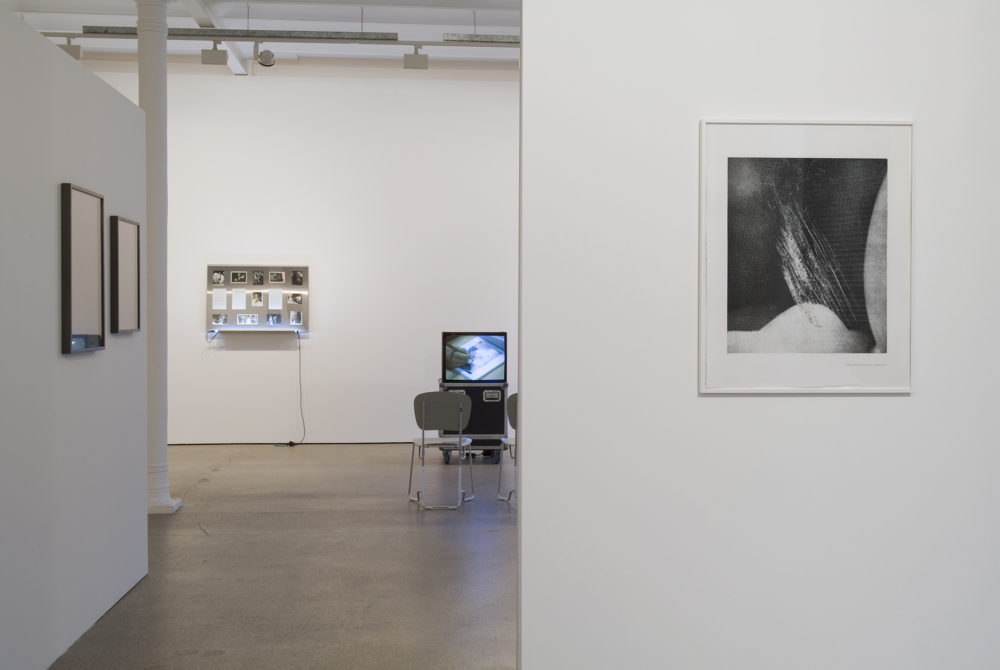
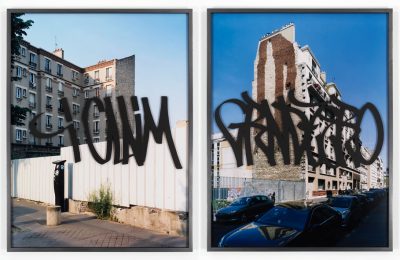
![Nuke Magazine #6, p.43 [sic], Yokohama, 2008](https://galeriegretameert.com/wp-content/uploads/2016/09/2587_Baudelaire_01-400x479.jpg)
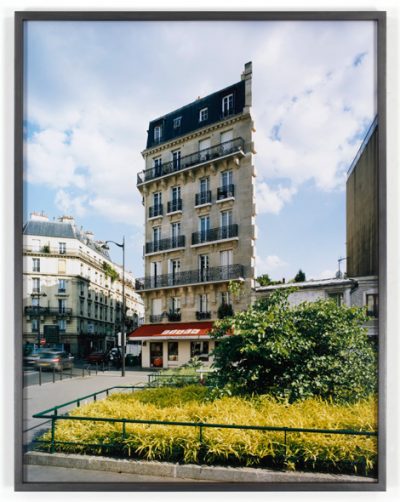
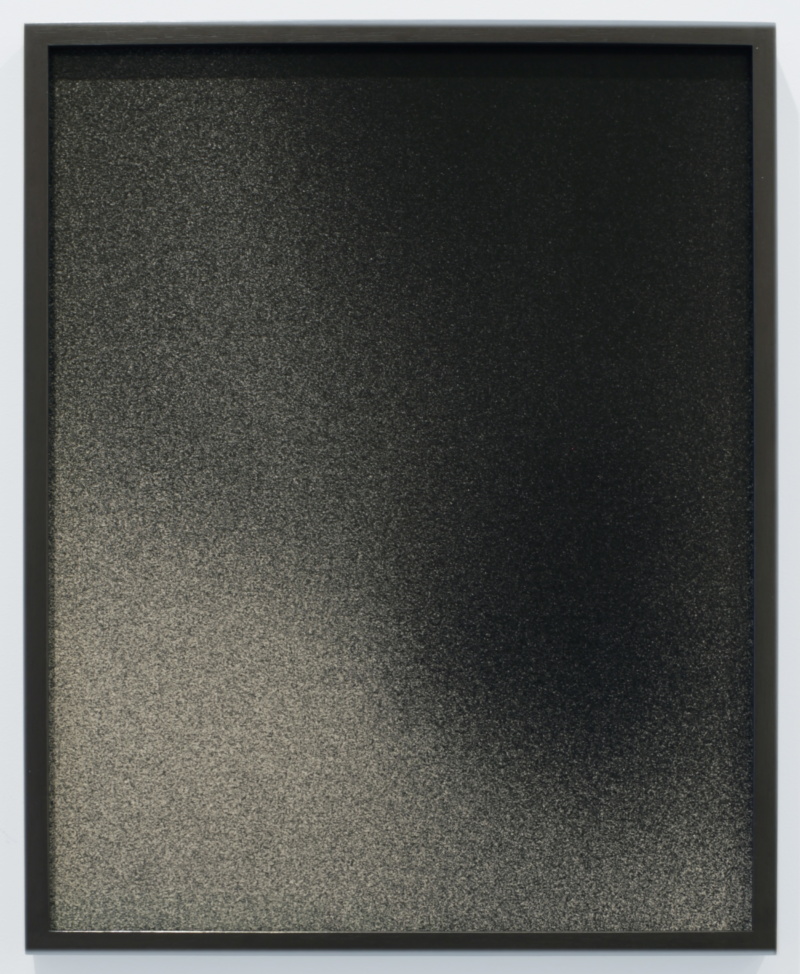
![[sic]](https://galeriegretameert.com/wp-content/uploads/2025/02/SIC-2009.jpg)
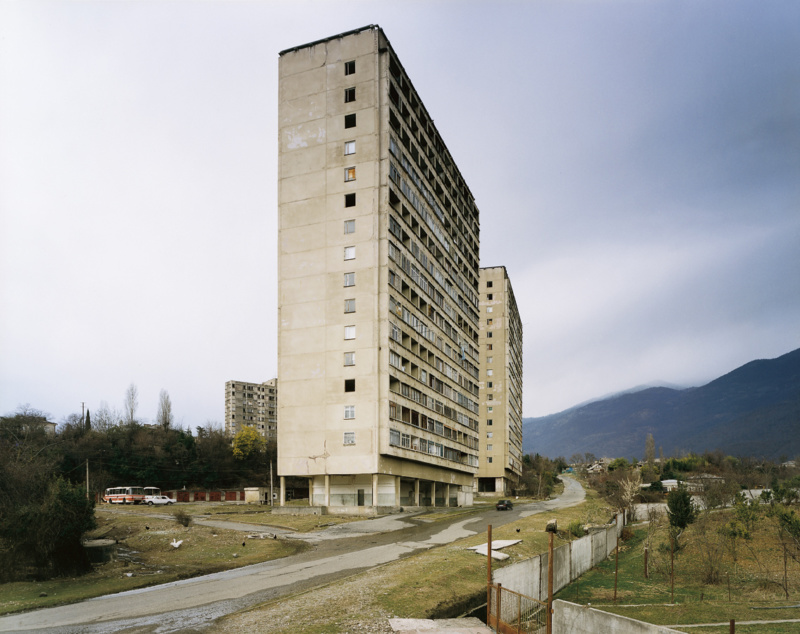
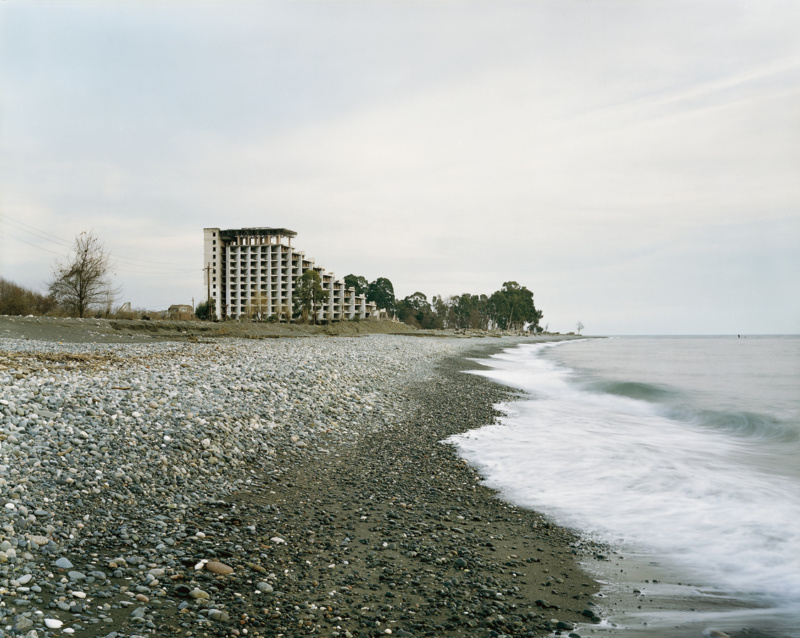
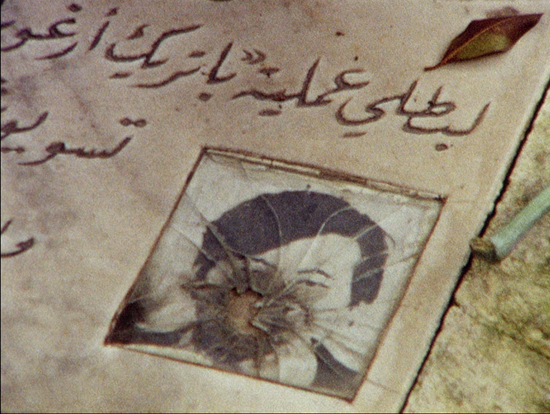
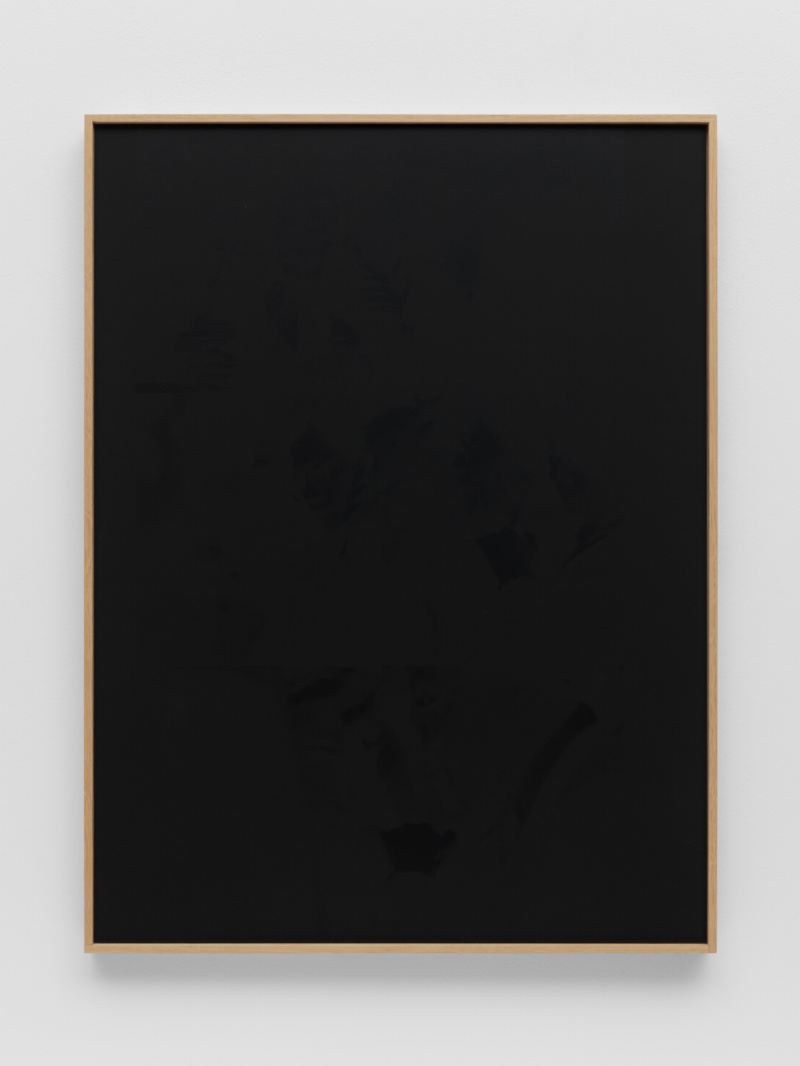
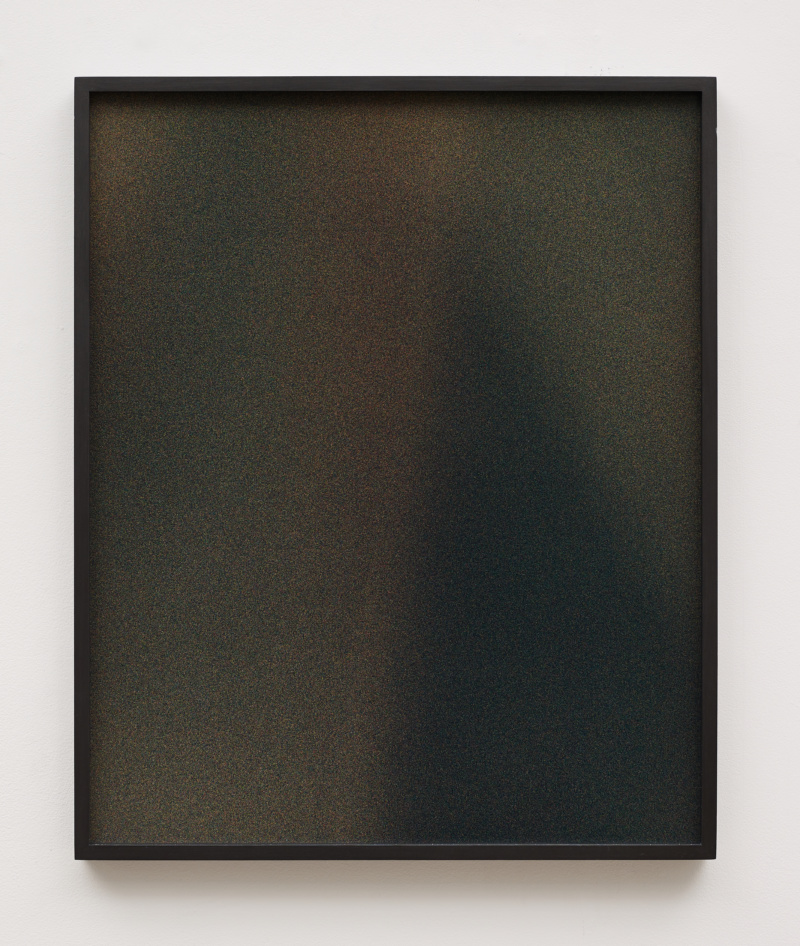
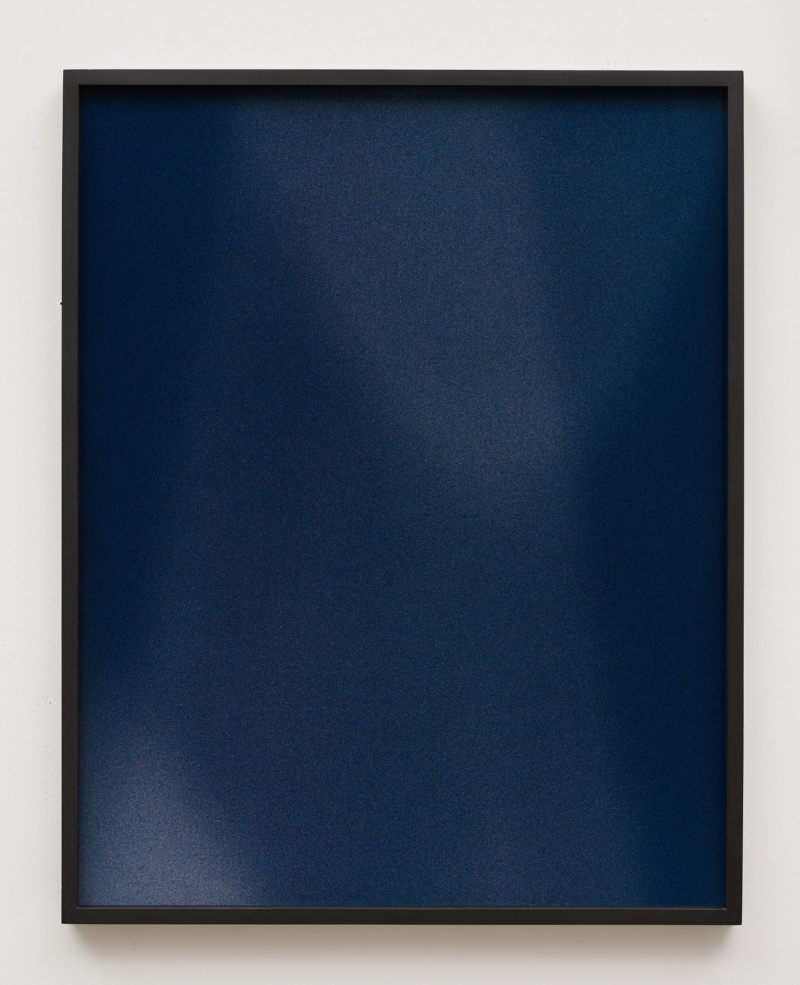
![Artforum XLVI #7 p.241 [sic] , Yokohama, 2008](https://galeriegretameert.com/wp-content/uploads/2025/02/2831_Baudelaire_01-800x454.jpg)
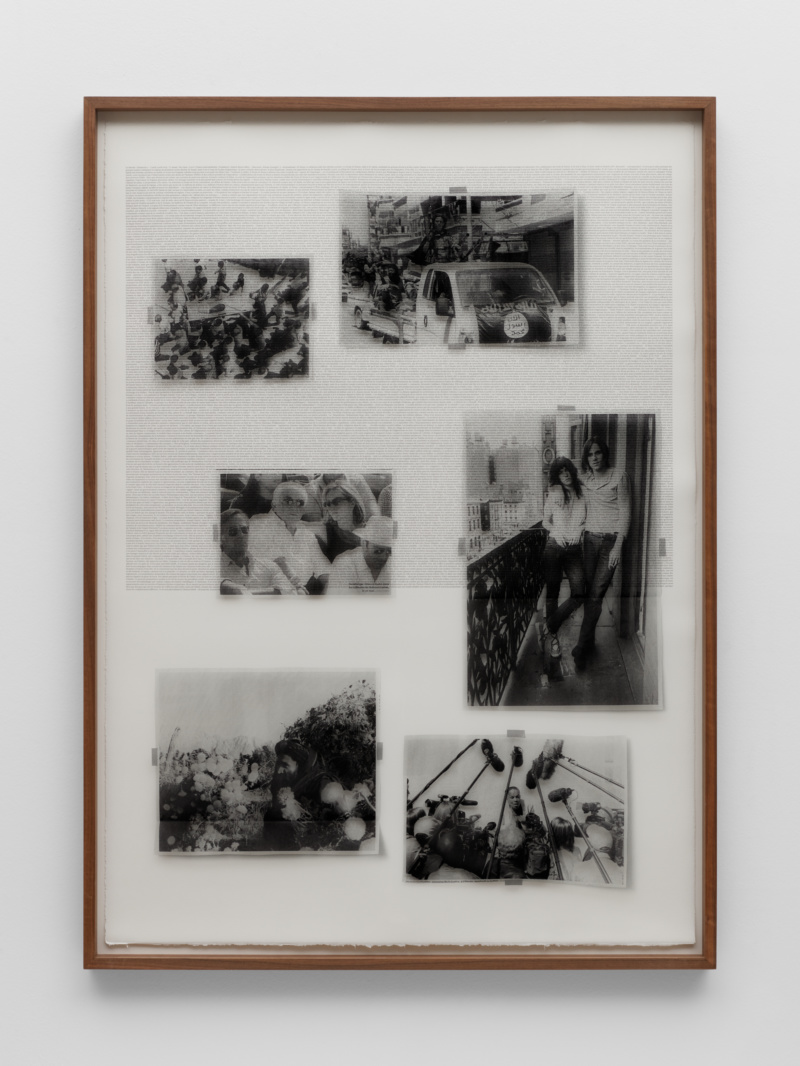
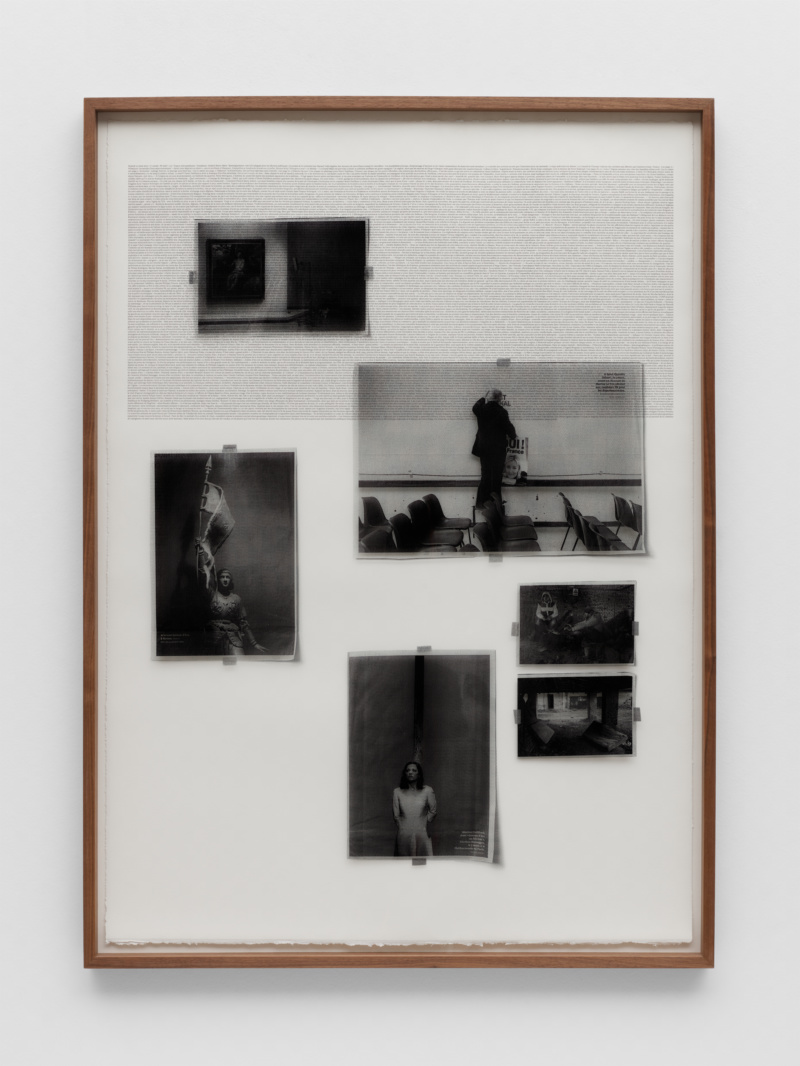
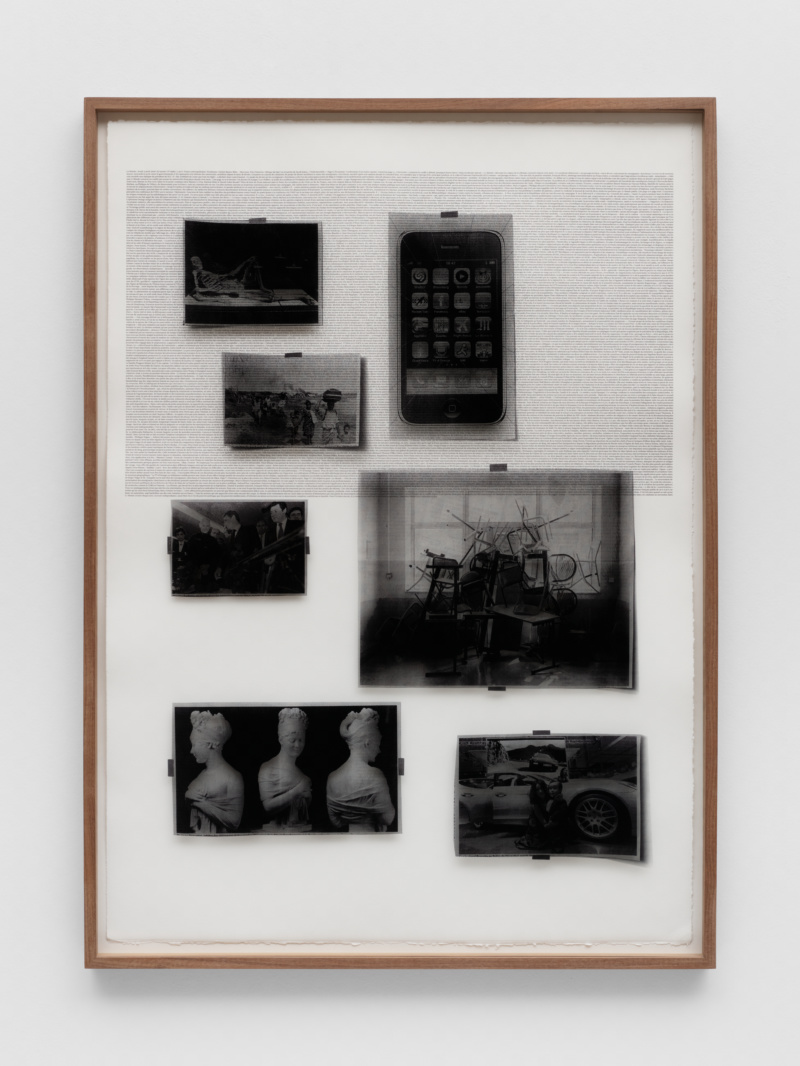
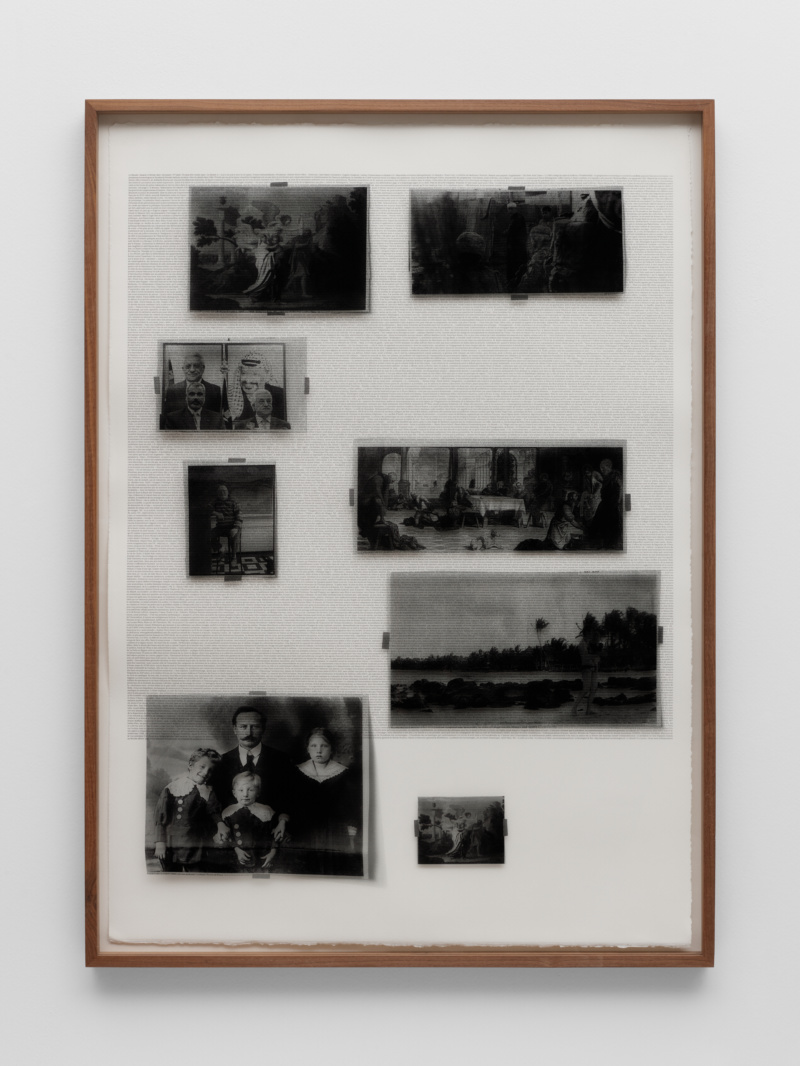
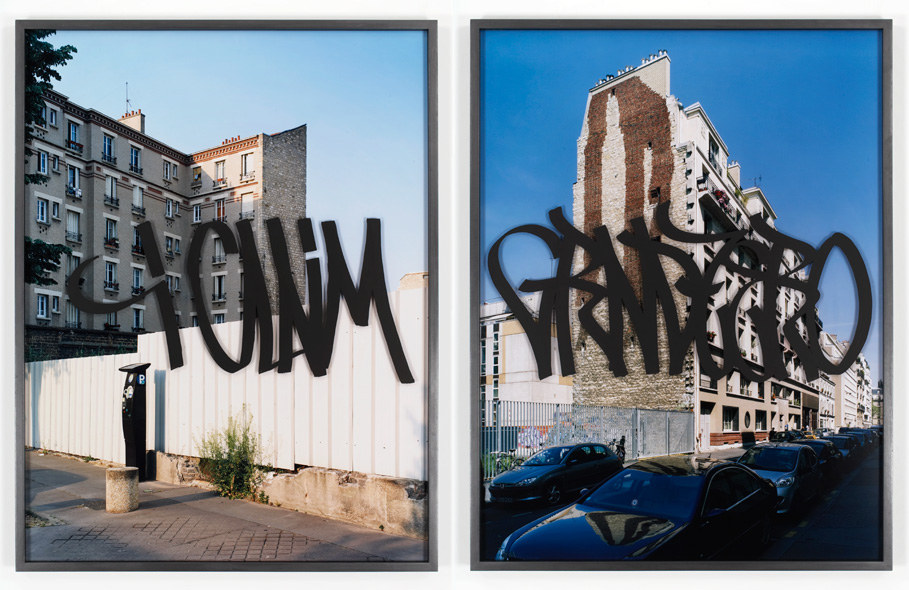
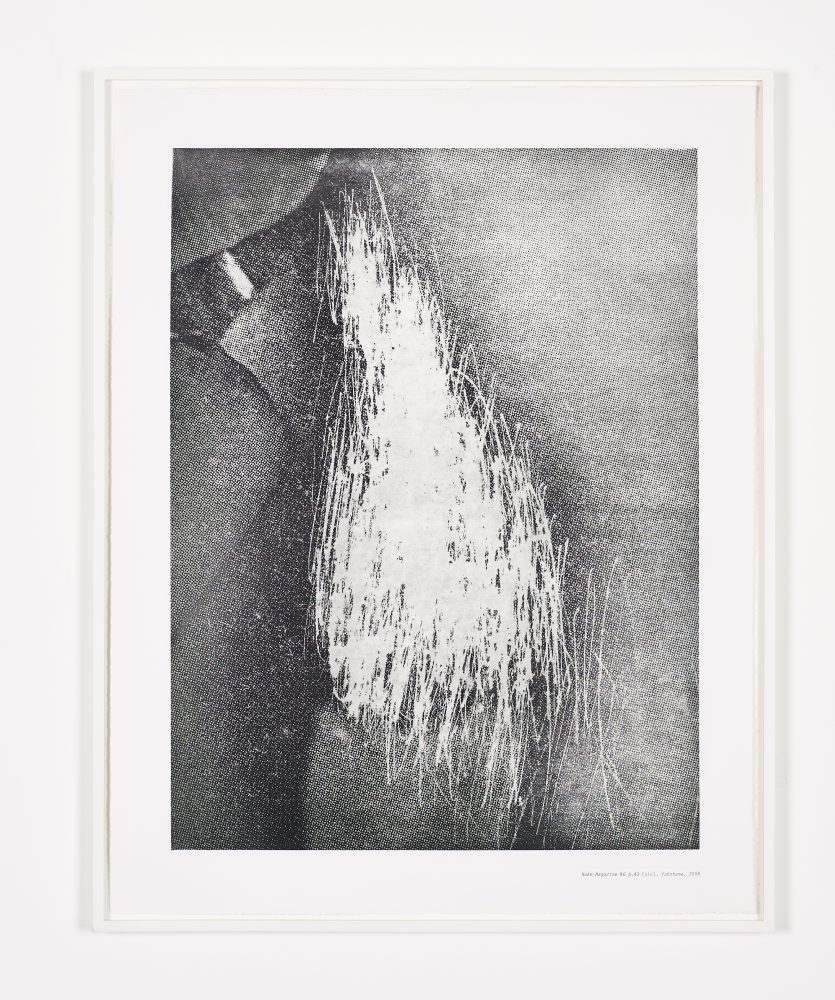
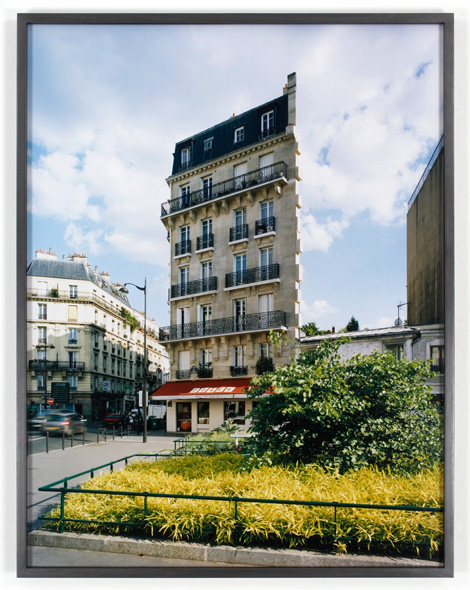
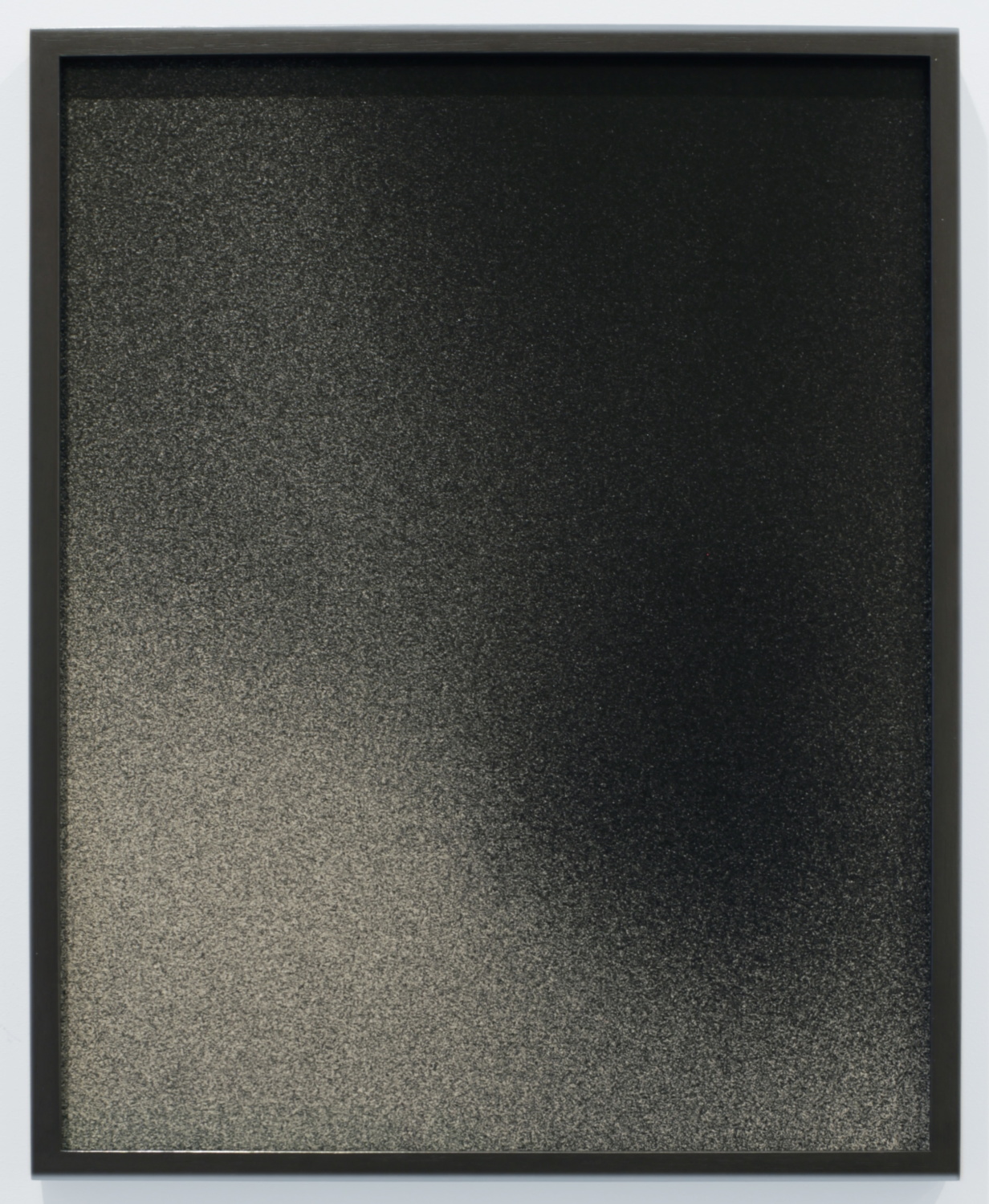
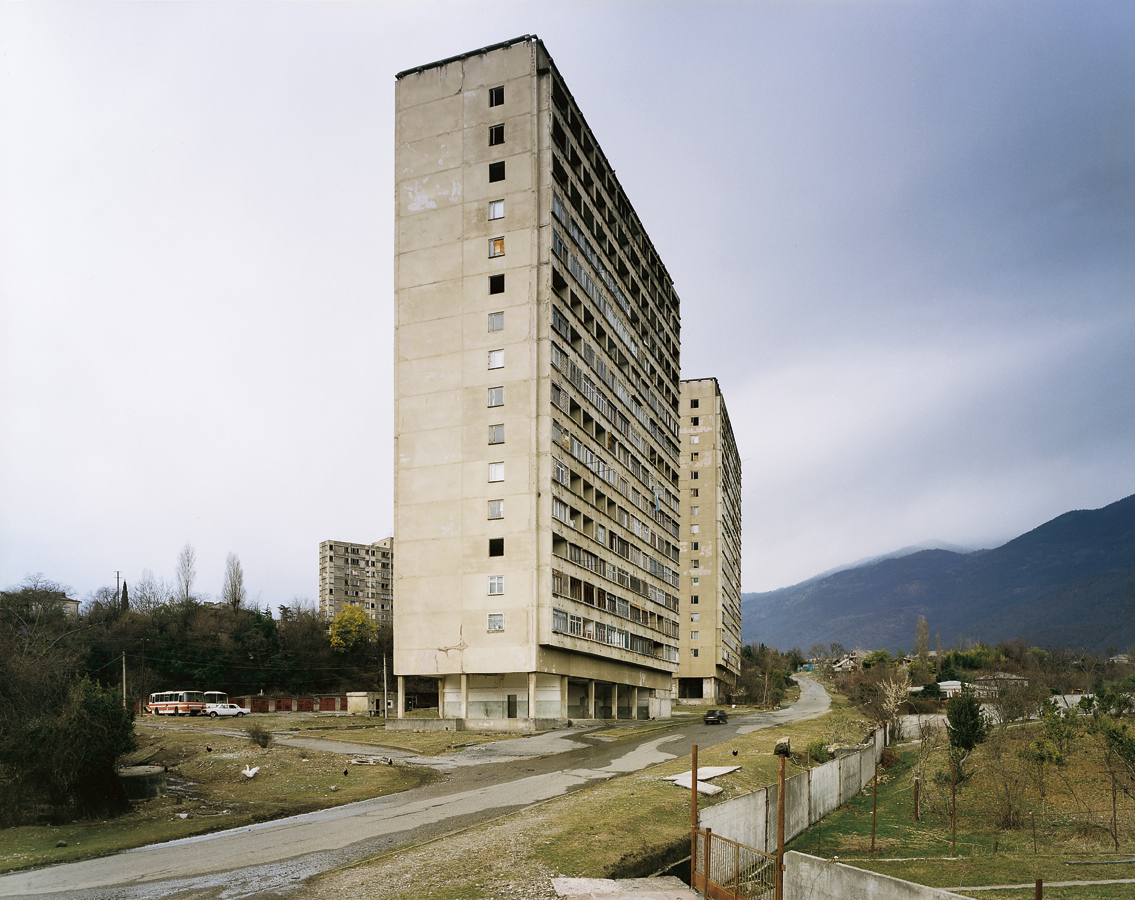
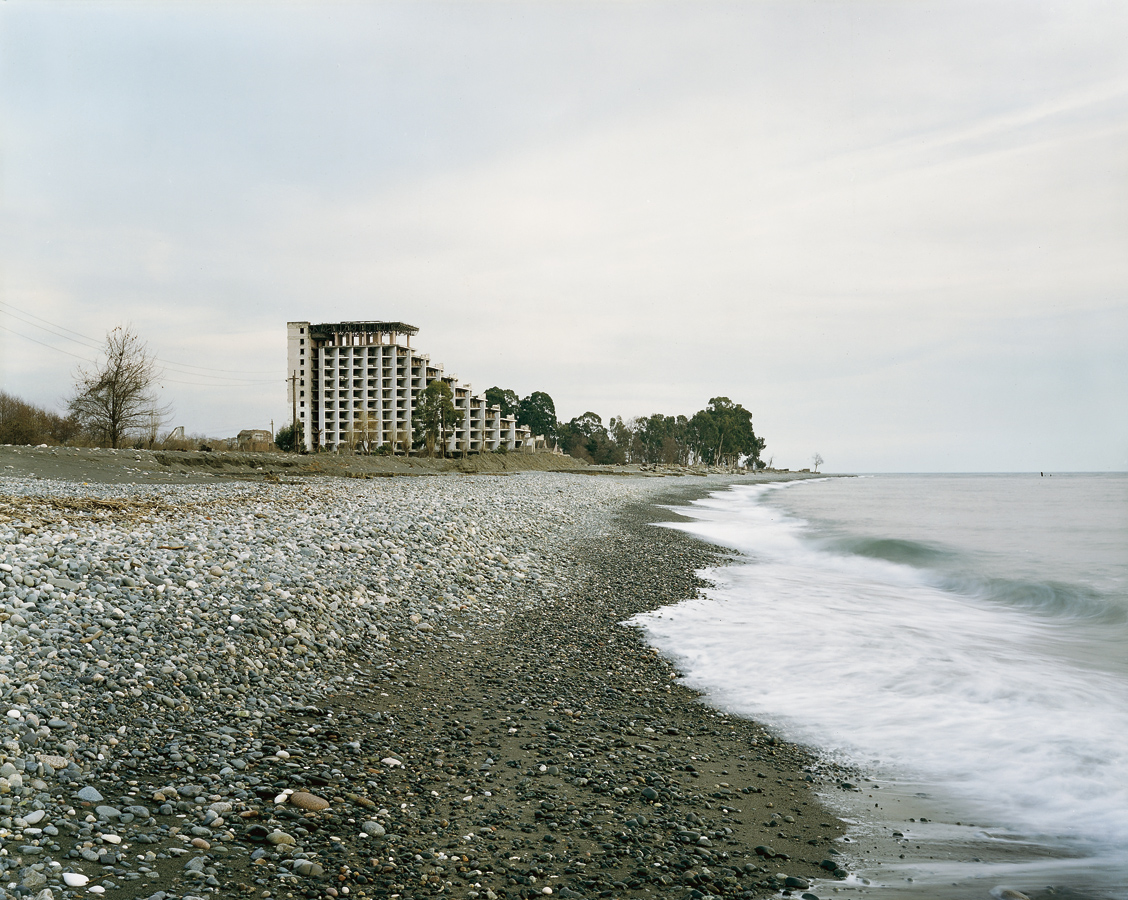
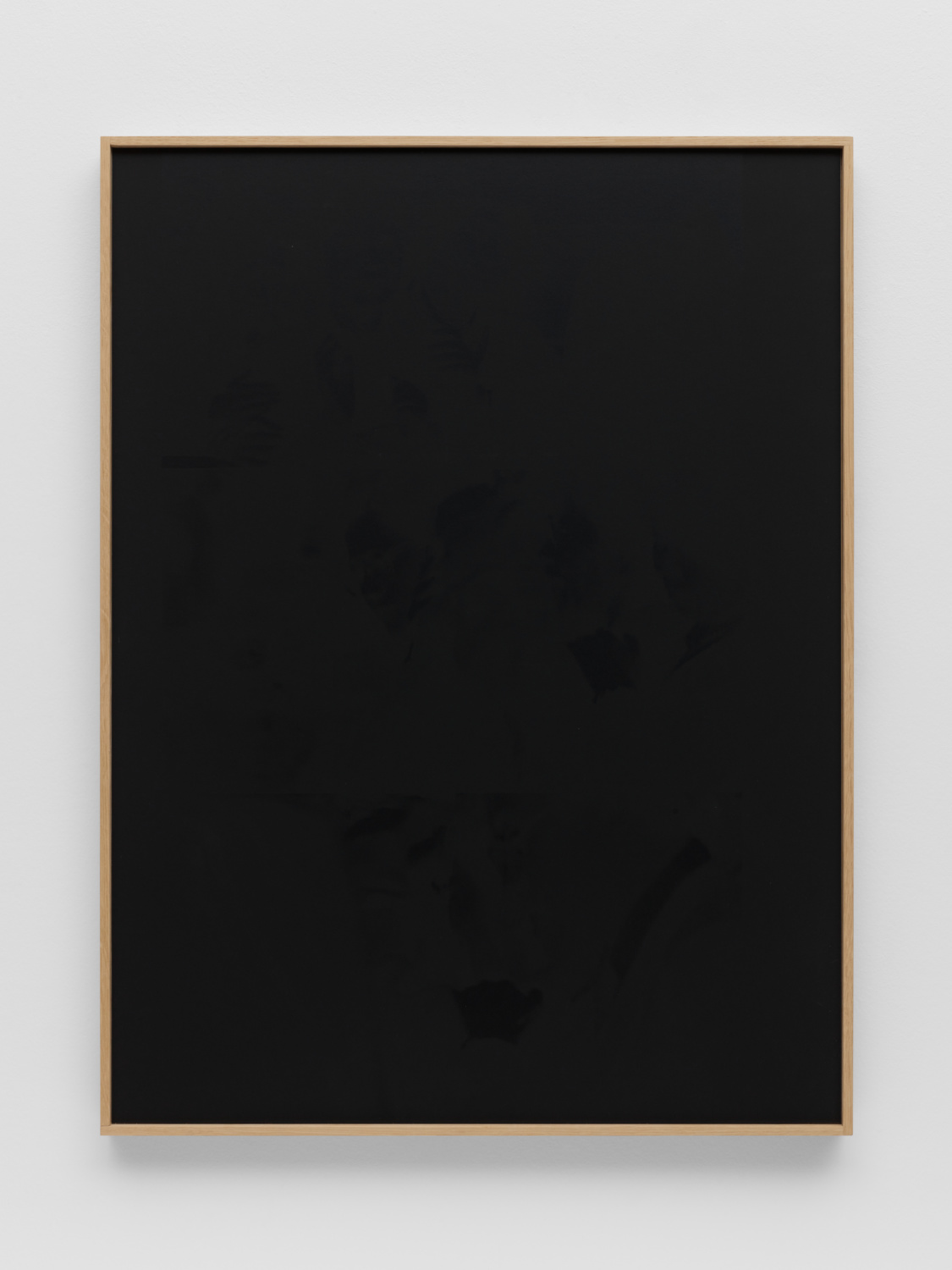
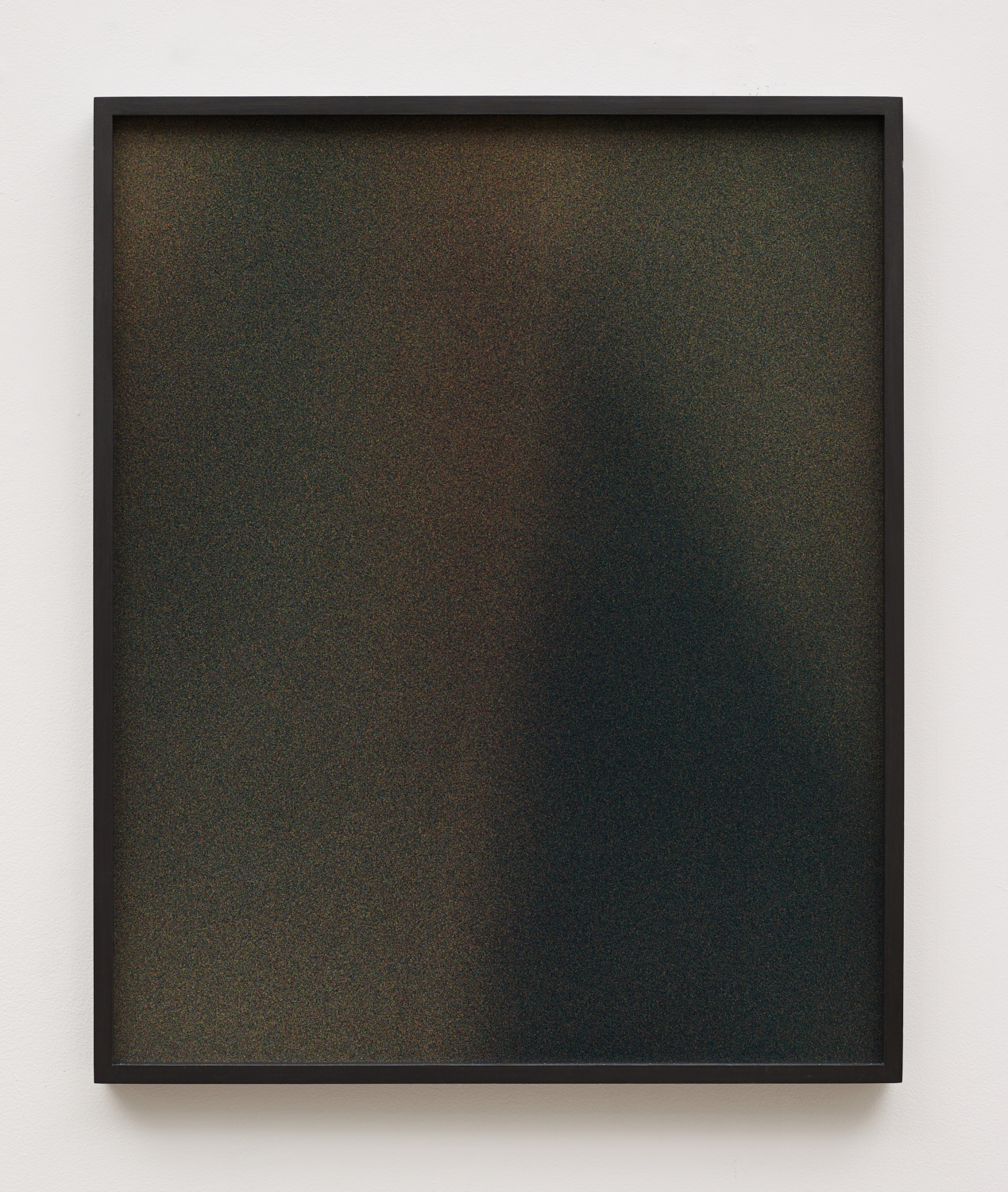
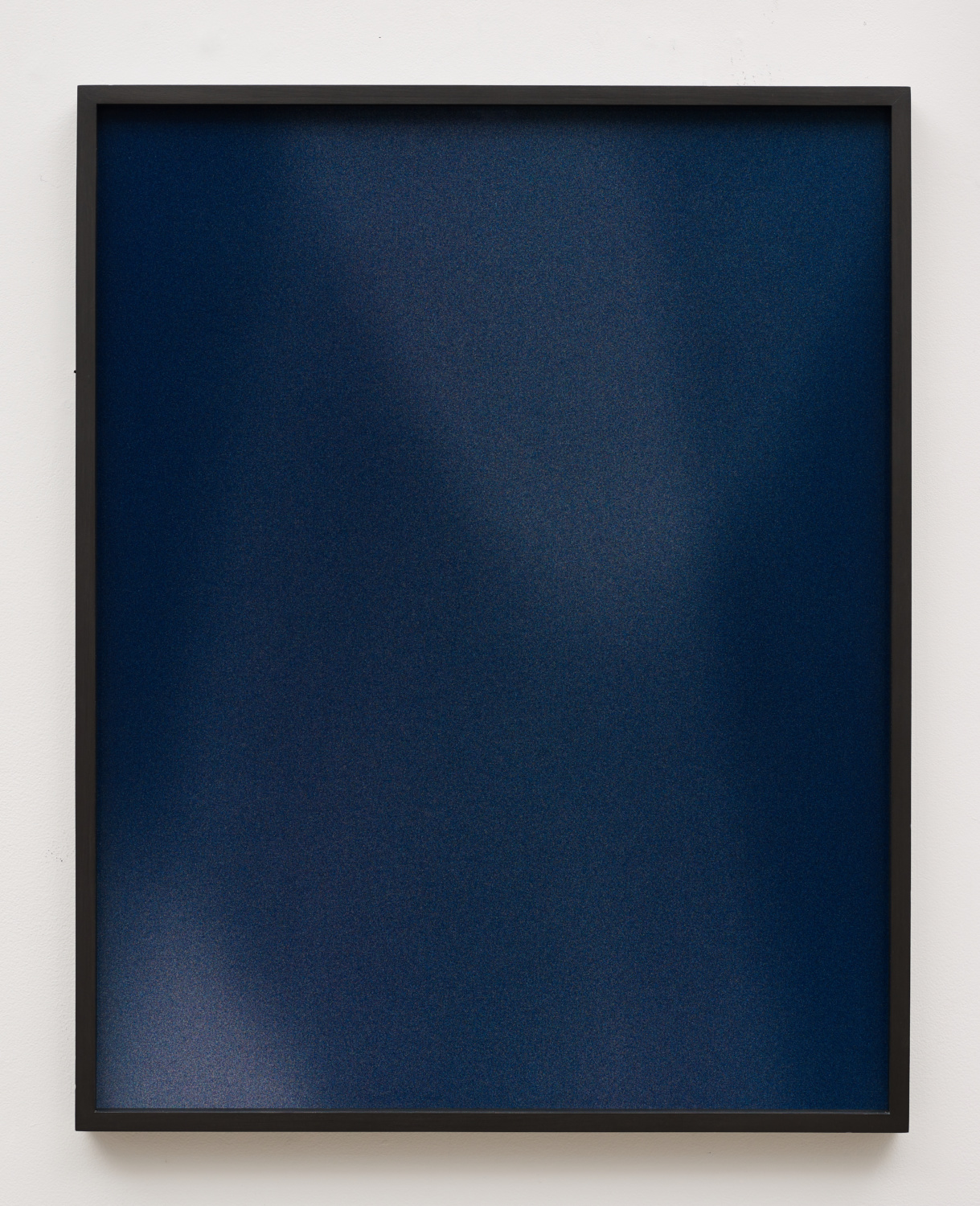
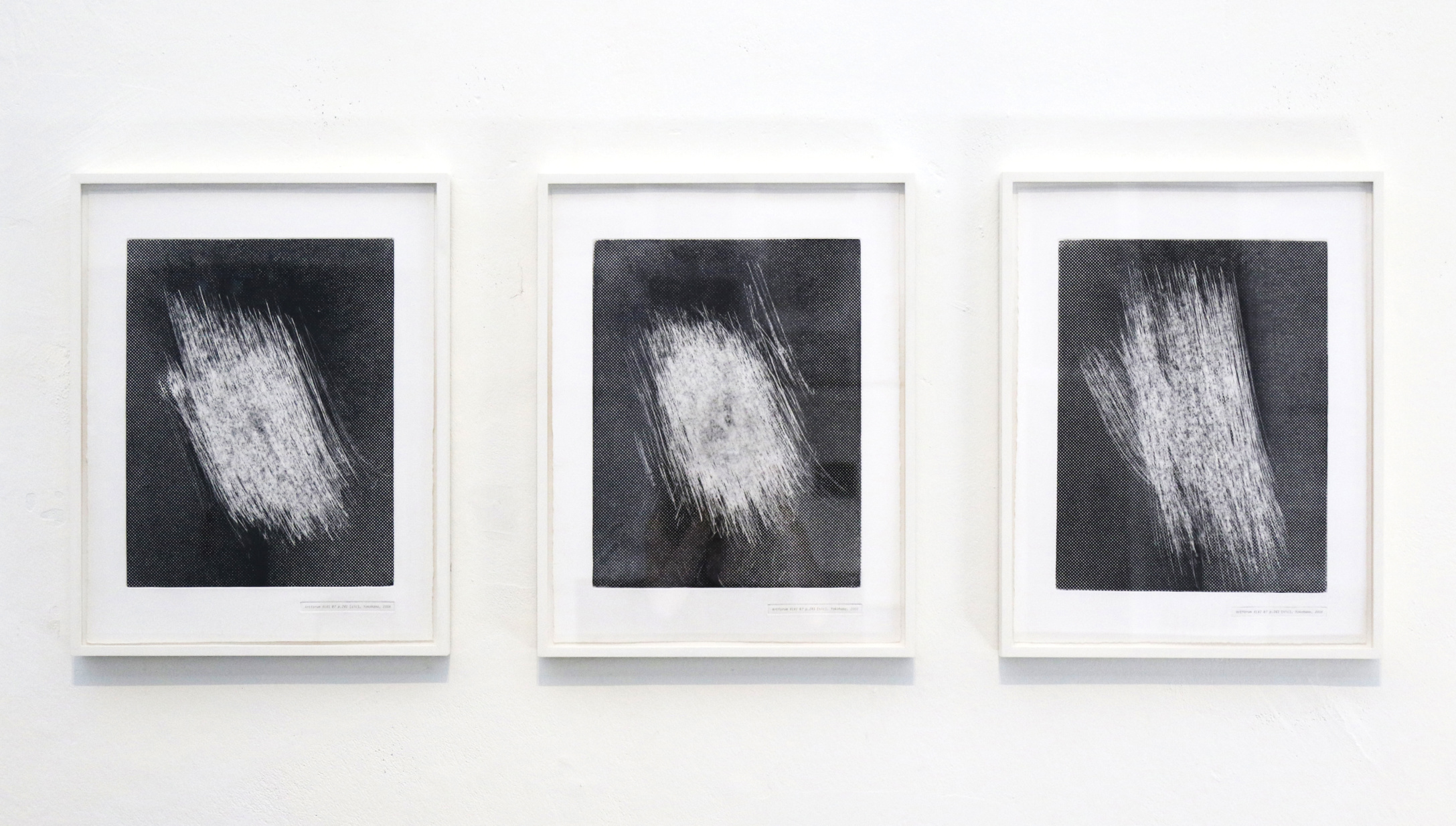
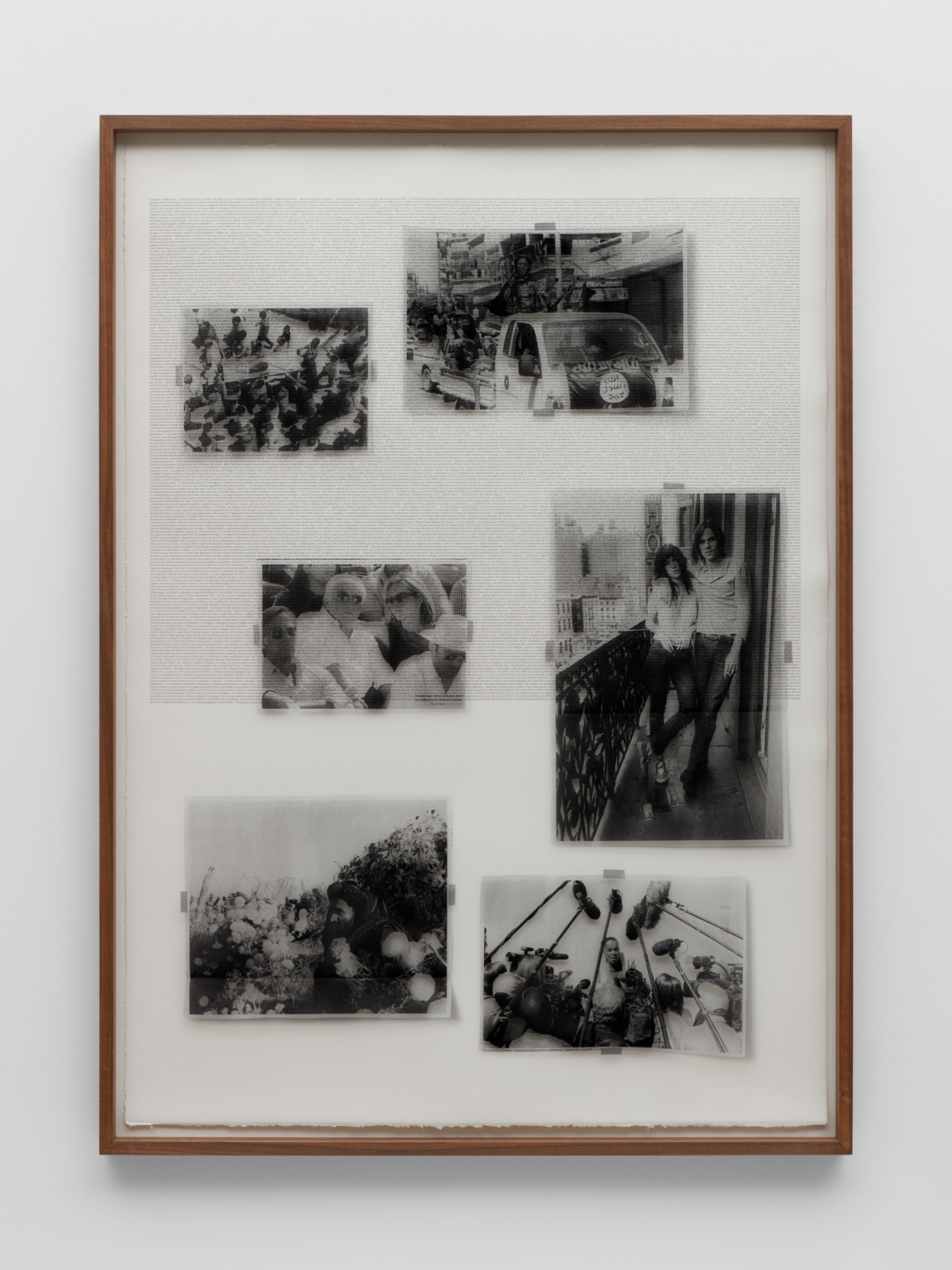
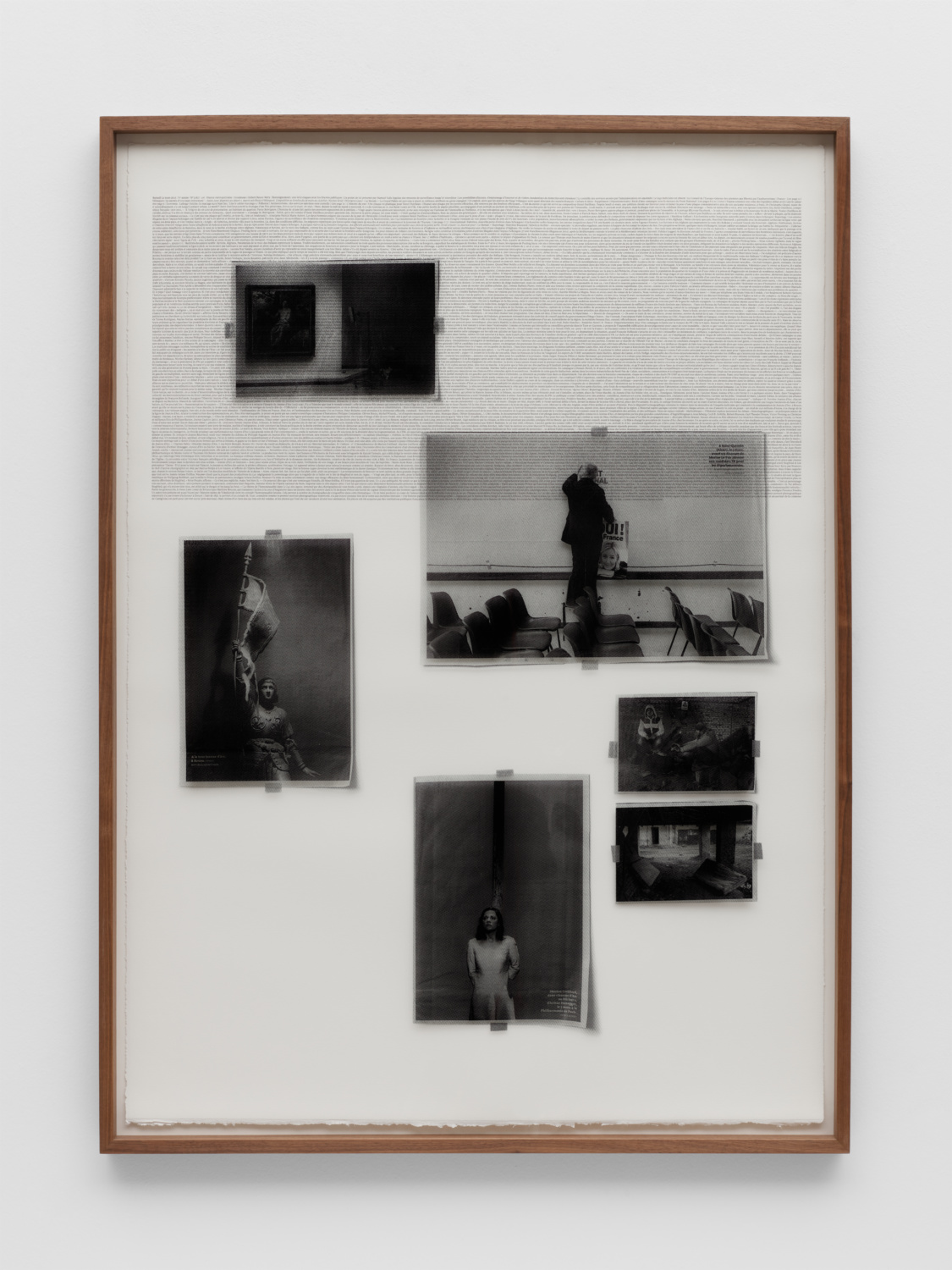
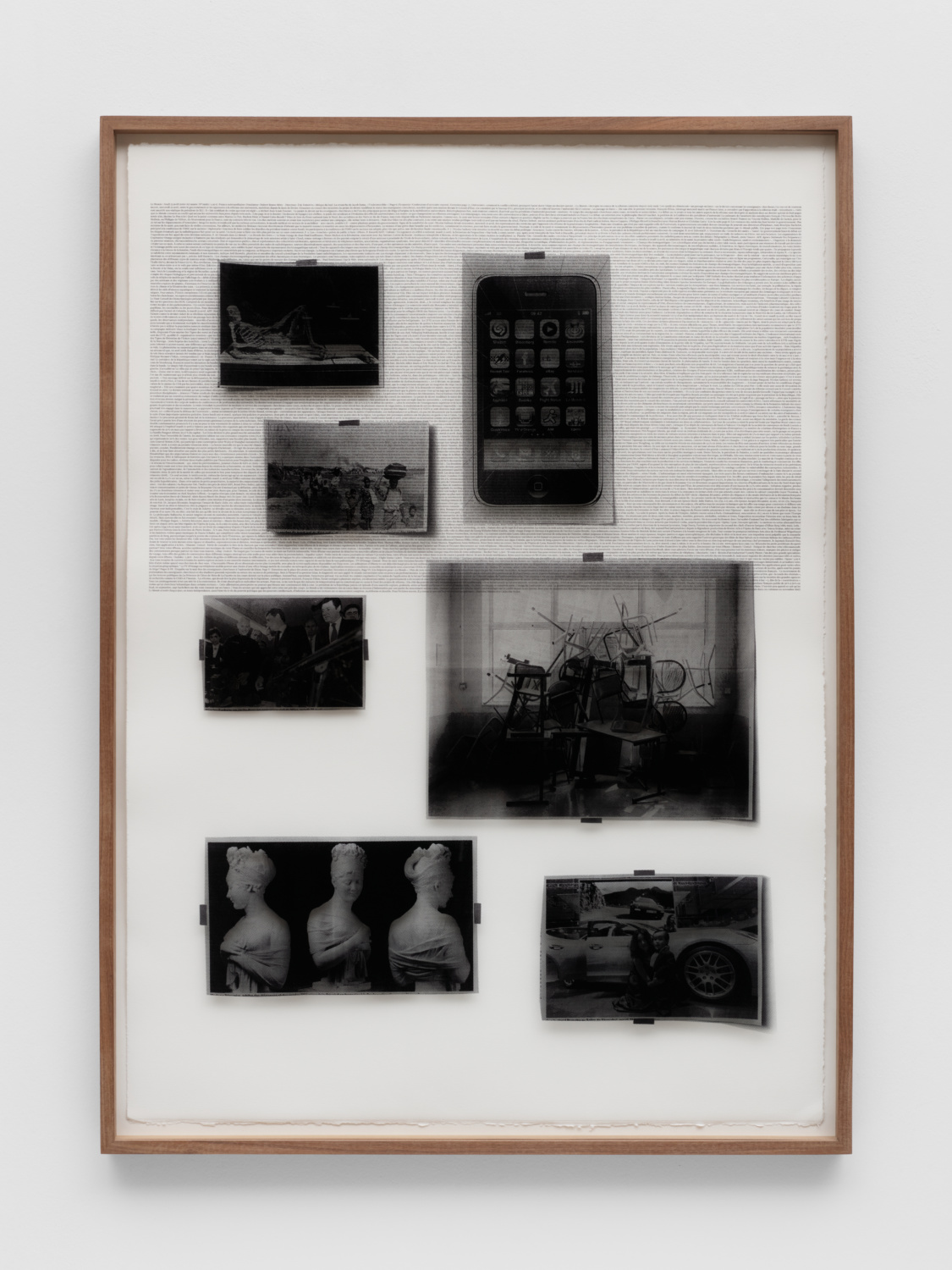
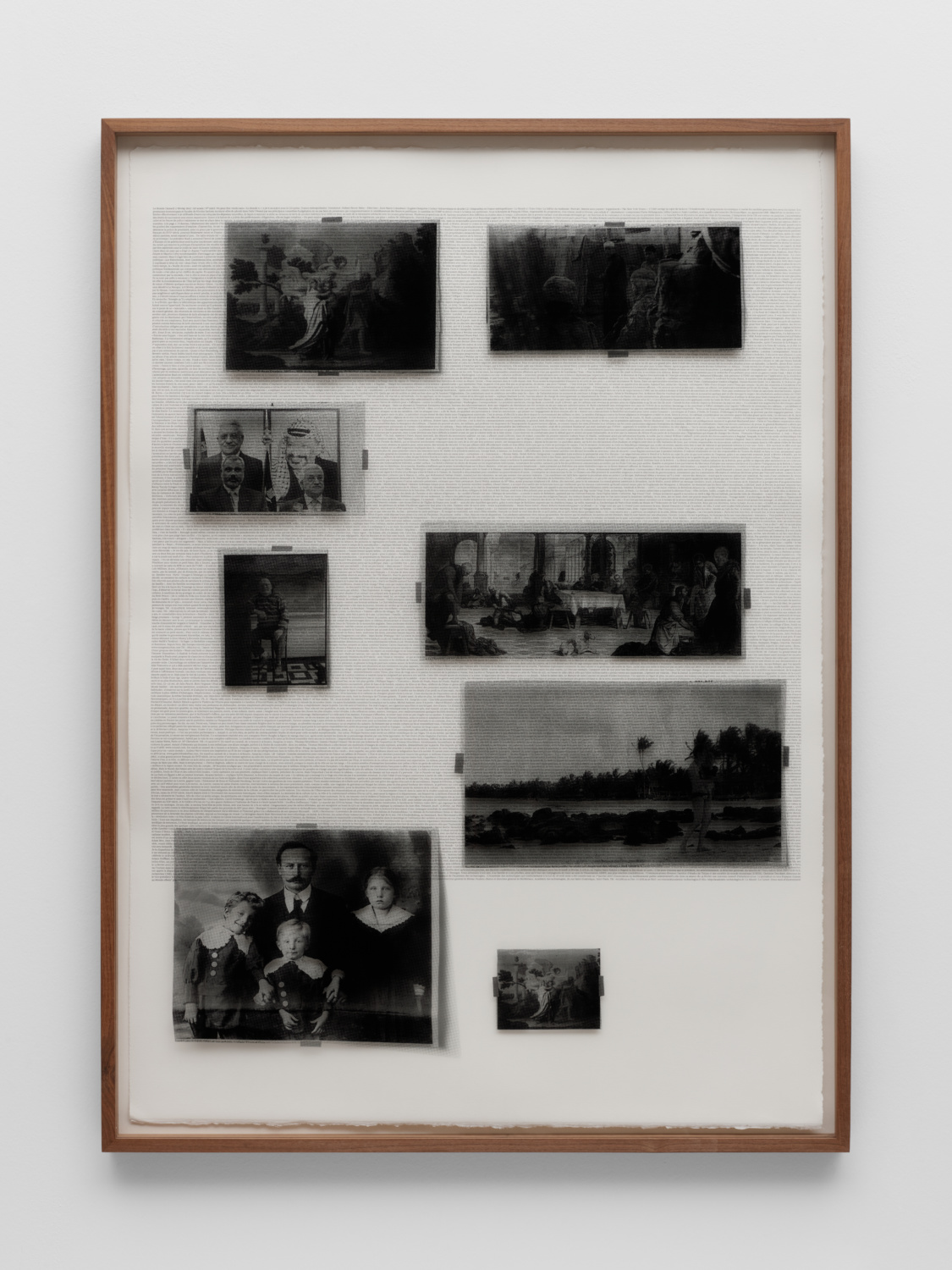
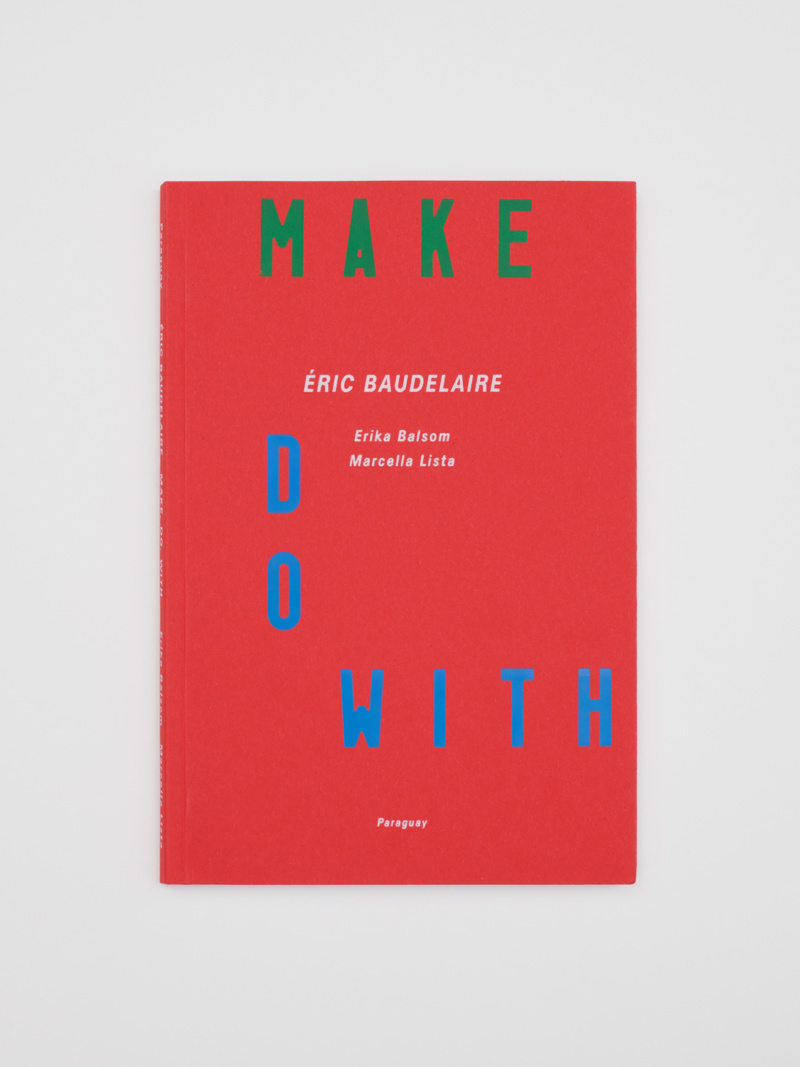
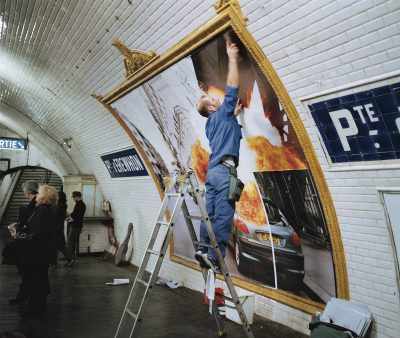
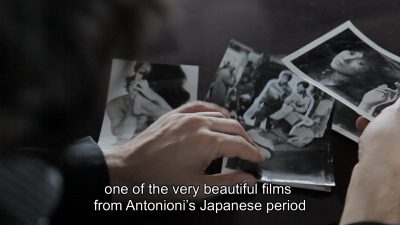
![[sic]](https://galeriegretameert.com/wp-content/uploads/2016/09/07-400x289.jpg)
